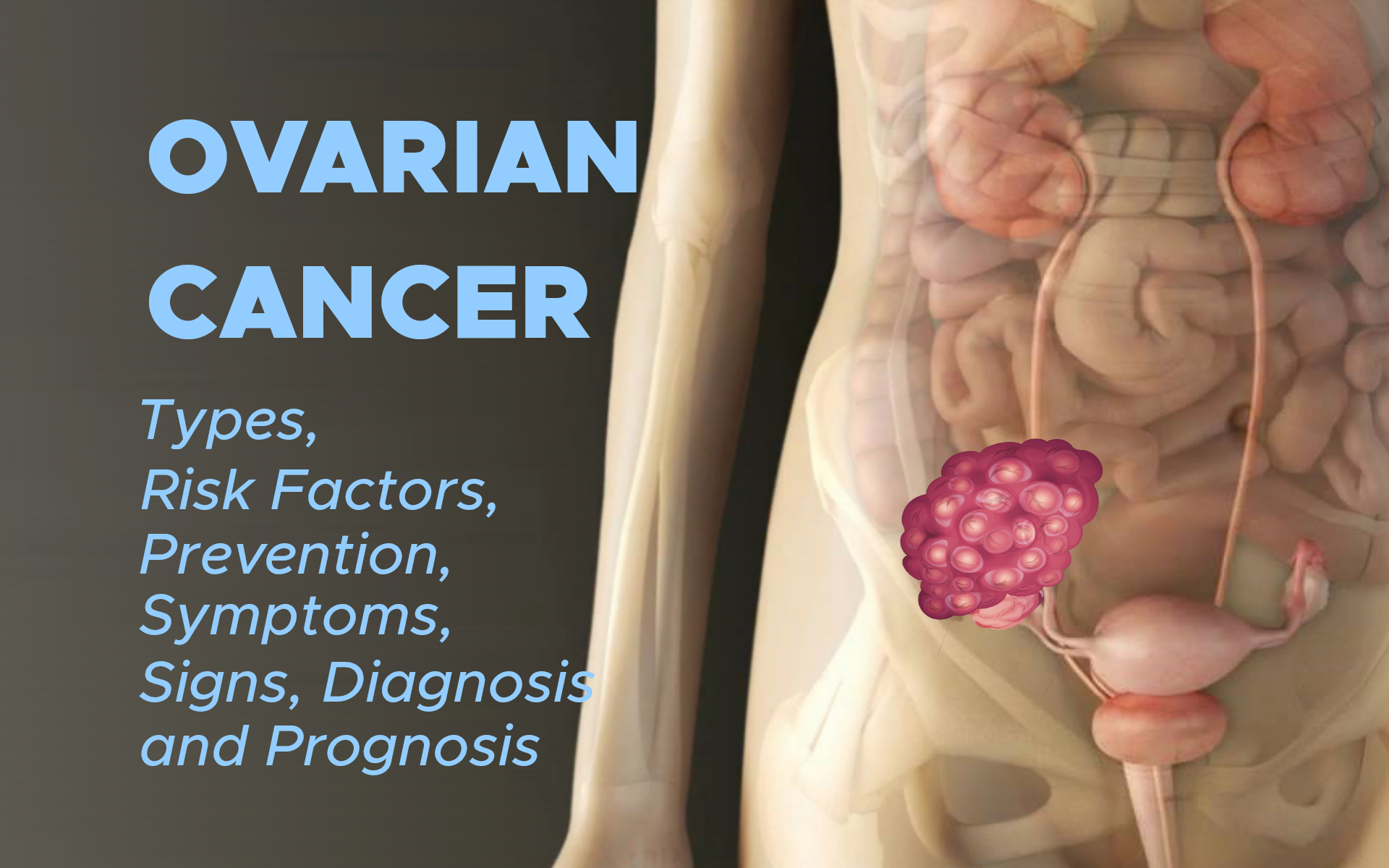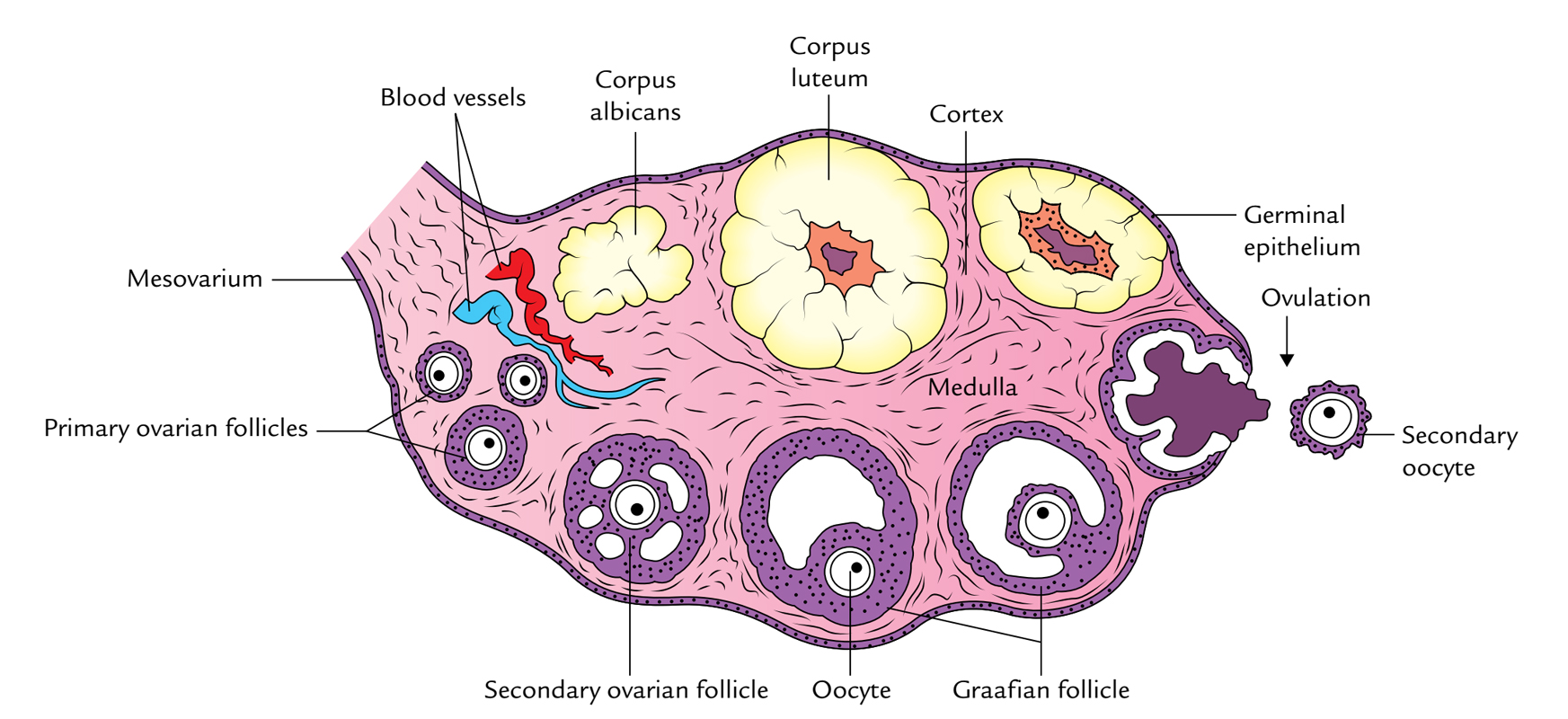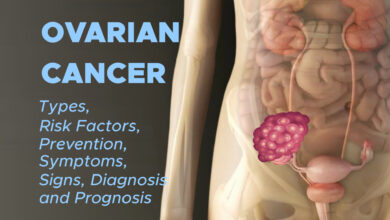
Overview of the Ovarian Cancers
In general, the term “ovarian cancer” is often used to describe cancers that begin in the cells in the ovary. The cancers are closely related and are generally treated the same way. When the term “ovarian cancer” is used, it includes both fallopian tube and peritoneal cancers, because it may be unclear where cancer started.
These types of cancer begin when healthy cells in these areas change and grow out of control, forming a mass called a tumor. A tumor can be cancerous or benign. A cancerous tumor is malignant, meaning it can grow and spread to other parts of the body. A benign tumor means the tumor can grow but will not spread.
An ovarian cyst is an abnormal growth of tissue that forms on the surface of the ovary. It can occur during a woman’s normal menstrual cycle and usually goes away without treatment. Simple ovarian cysts are not cancerous.
Recent research studies suggest that most ovarian/fallopian tube cancers are high-grade serous cancers (HGSC), and in most cases, cancer actually starts in the distal, or outer, end of the fallopian tubes. Then, it spreads to the surface of the ovaries and beyond.
Based on this new knowledge, some doctors recommend the removal of the fallopian tubes rather than tying or banding the tubes for contraception (to avoid future pregnancy).
Some doctors also recommend fallopian tube removal when a woman is undergoing surgery for benign disease and does not want to get pregnant in the future. This strategy could prevent the development of these cancers in the future. Talk with your doctor about whether this may be an option for you.
Because the surfaces of the ovaries, the lining of the fallopian tubes, and the covering cells of the peritoneum are made up of the same types of cells, most of these diseases look alike under a microscope.
Overview of the Ovaries
The ovaries are part of a woman’s reproductive system. There are 2 ovaries, with 1 located on each side of the uterus. In premenopausal women, they are almond-shaped and about 1.5 inches long. These glands contain germ cells, also called eggs.

Ovaries are the primary source of estrogen and progesterone. These hormones influence breast growth, body shape, body hair, and regulate the menstrual cycle and pregnancy. During and after menopause, the ovaries stop releasing eggs and producing certain hormones.
